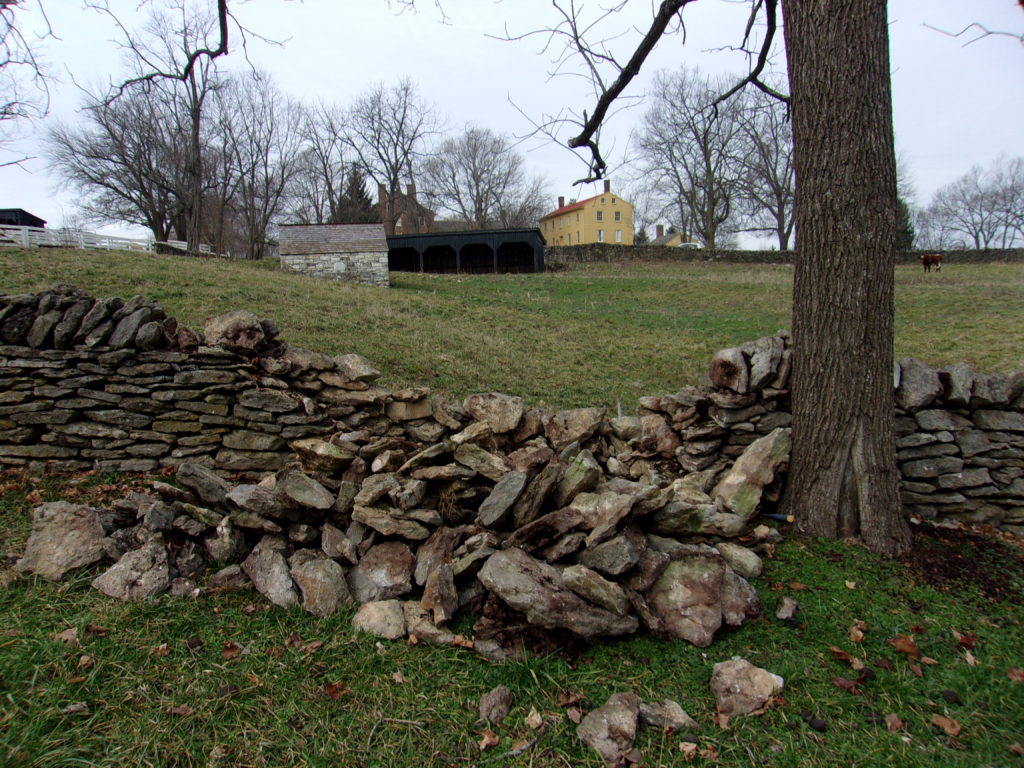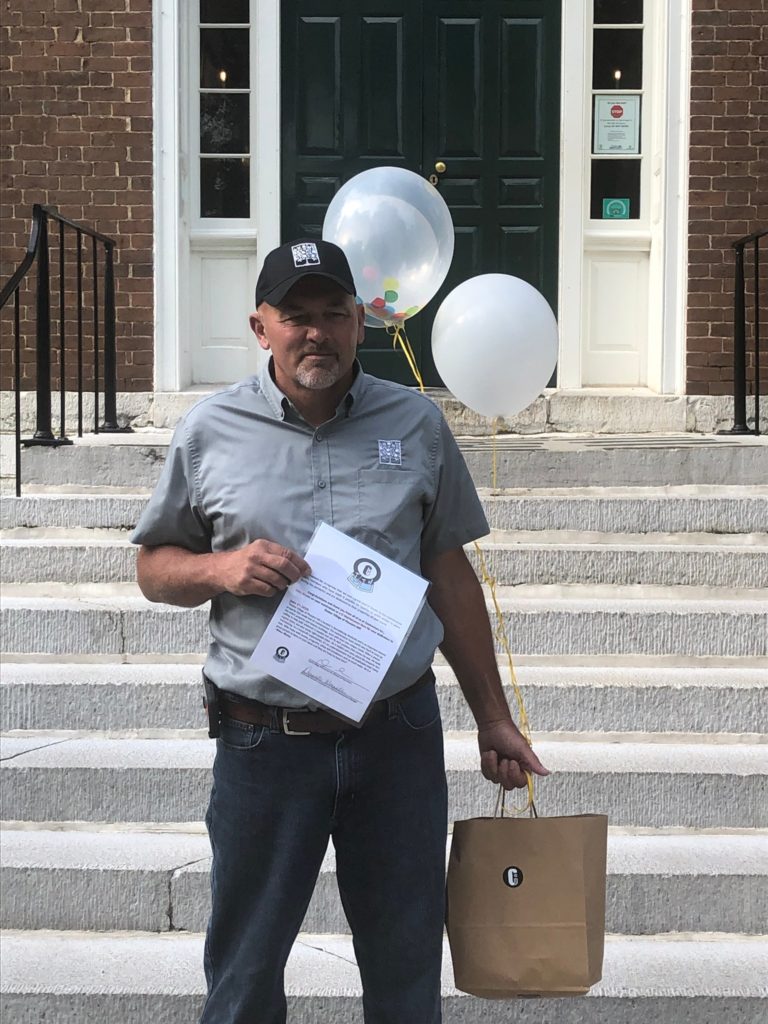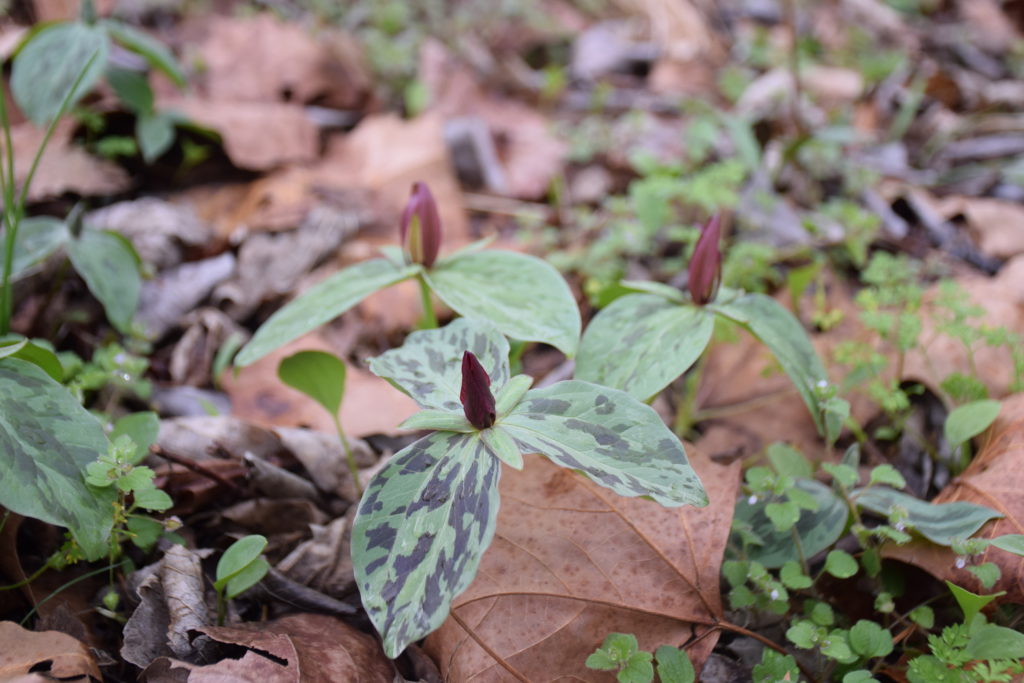Melissa Williams, Development Coordinator
It’s fascinating to look through photographs from the time between when the Shakers closed their covenant at Pleasant Hill in 1910 and the opening of the Village in 1968 as an educational nonprofit organization. These photographs tell a five-decade story of change, care, preservation and deterioration, as private citizens took ownership and utilized many Shaker buildings for their homes and businesses.
Despite the changing uses of the buildings, the legacy of the Shaker community, their faith, and their values have endured at Pleasant Hill. Local residents and those who passed through the Village on U.S. Highway 68 recognized that Pleasant Hill represented something very important, and it needed to be preserved and shared with future generations.
Preservation efforts gained momentum during the 1950s as private citizens came together in a more organized way. In 1961 – 60 years ago –our non-profit organization was formalized and incorporated. Tasked with the enormous undertaking of acquiring the remaining Shaker structures and the land previously held by the Shakers, the organization set to work raising funds and restoring the buildings to their mid-19th century aesthetics.

The initial restoration and preservation of the Village is an inspiring story, illustrating the allure Pleasant Hill has held since it was settled by the Shakers 216 years ago. But the $1 million restoration project carried out in the 1960s is just the beginning of the preservation of the site. In the decades that followed, our nonprofit has worked to preserve the restoration, with this work continuing today
Over the last decade, Shaker Village craftsman have conducted at least $1 million of work each year to ensure the long-term preservation of the 34 historic buildings on the site, as well as the cultural landscape. Our long-term historic preservation plan is based on this level of spending on an annual basis.
A price tag of at least $1 million a year seems like a lot of money, so how is that money spent?
The most immediately recognizable preservation projects are those that include a comprehensive work plan including the roof, doors, windows, interior woodwork, exterior siding, and masonry of the building. Since 2016, Shaker Village has completed such projects for the 1815 Carpenters’ Shop, 1820 Meeting House, 1824-34 Centre Family Dwelling, 1833 Water House and 1860 Brethren’s Bath House.


Currently Shaker Village craftsmen are undertaking a multi-year preservation project for the 1817 East Family Dwelling that began in 2019. If you have stayed this building’s overnight rooms in the last decade, you’ve seen firsthand the condition of the windows, which is one area of concern for this 16,000 sq. ft. building. Our carpenters and painters spent most of 2020 methodically working through repairs to window frames and sills on about one-third of the 79 existing windows; this work will continue until all of the windows have been restored. In 2020, our crew also completed repairs to several of the building’s doors and the wood shake roof was replaced. In the latter half of 2021, you’ll see scaffolding reappear around this building as stone masons begin the task of repointing and cleaning the exterior masonry.
While the historic preservation plan lays out 18 additional and upcoming comprehensive projects, preservation work happens on a smaller scale across the Village throughout the year.


Each year the SVPH painters repair loose plaster on interior walls. The plaster will become loose over time due to regular use, environmental factors such as humidity, and water leaks created by deteriorating roofs, windows and doors as well as by leaks in the HVAC systems that serve the historic buildings.


The carpenters repair doors and thresholds. Doorways become damaged over time by regular use, water and humidity, sunlight and wind.


The stone mason repairs breaks in the historic stone fences. Changing temperatures slowly cause the rocks to shift and then topple. Sometimes human interactions also damage these landscape features. In 2020, we repaired 35 breaks in the fences ranging from 3 feet to 10 feet in length. Each linear foot costs between $40 and $60 to repair.

The maintenance team keep the mechanical systems working. Shaker Village has a mix of systems that provide modern heating, air conditioning, and hot water to the historic buildings: The East Family buildings, Centre Family Dwelling, the Meeting House, the 1813 Old Ministry’s Shop and the 1824 Tanyard are heated and cooled by geothermal systems, while the West Family buildings, the 1839 Trustees’ Office and 1821 Ministry’s Workshop are serviced by boiler-chiller plants. These plants were originally installed in the 1960s and while some of the components of both plants have been upgraded in recent years, these systems are challenging to maintain.
Our nonprofit made a commitment to preserve the historic buildings and the cultural landscape when it formed in 1961. Over the last six decades, Shaker Village has carried through with that commitment. This work has been made possible by donors who have supported this powerful place with charitable gifts, and by our guests who have stayed overnight, dined at the Trustees’ Table, shopped and explored. The preservation of Pleasant Hill is work that will never be completely done, however, we are committed to doing our part as the stewards of Kentucky’s largest National Historic Landmark.
Learn more about preservation at Shaker Village and how you can get involved.
Ever wonder what lies behind a closed door? Learn how our guided tours take you to rarely-seen areas of the Village.










